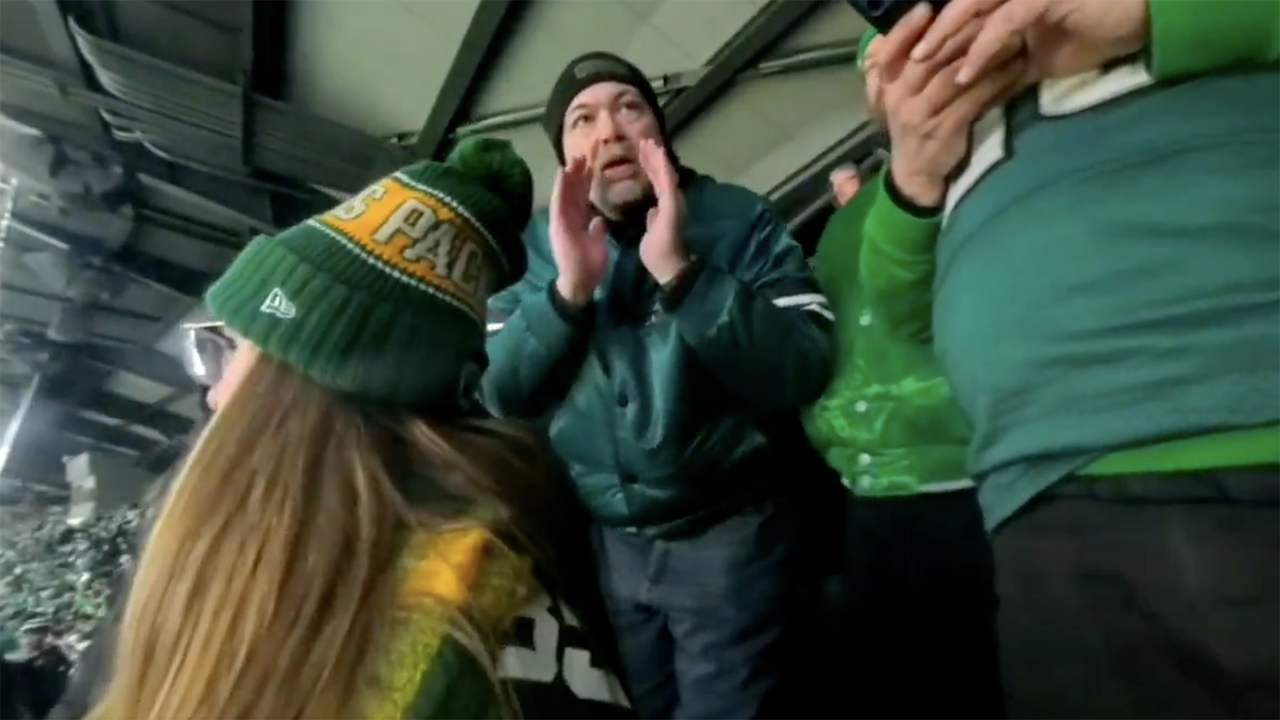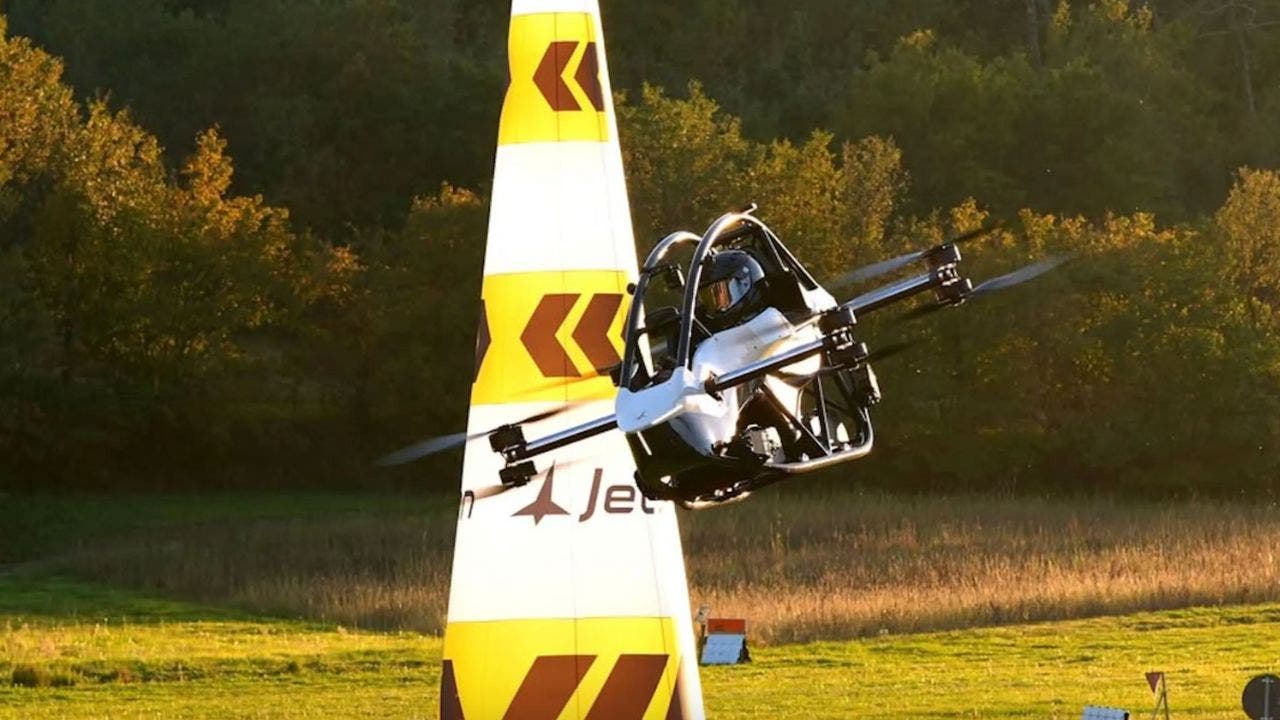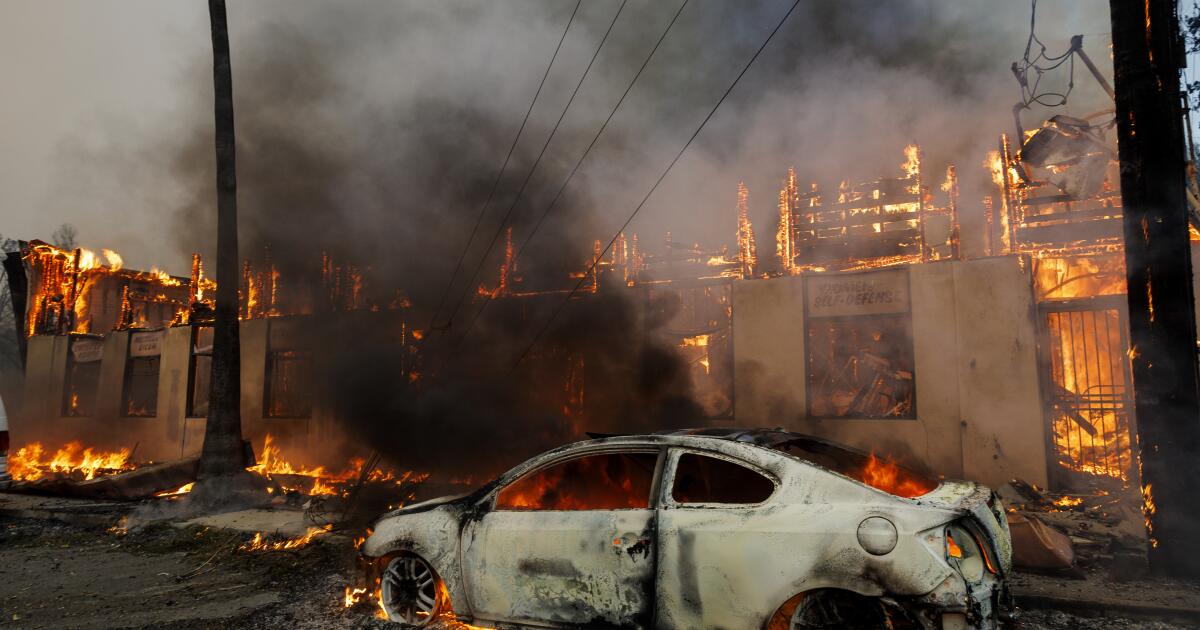Bring on the hate.
The Backyard Brawl will be contested Saturday night at Milan Puskar Stadium in Morgantown, W.Va., and Pitt players M.J. Devonshire and Konata Mumpfield are hoping Mountaineers fans will be loud and annoying.
“I take it as a blessing, being able to play in those environments,” said Mumpfield, a wide receiver who transferred from Akron. “A lot of people wish they could play in those environments. Coming from Akron, there wasn’t anybody at our games. It’s definitely a blessing to be able to go into a hostile place and play the game that you love.”
Said Devonshire: “I love playing in environments where it seems like they don’t like you. You get to compete.”
Devonshire, one of the ACC’s best cornerbacks, will be in the midst of one of the game’s most important storylines. WVU transfer wide receivers Devin Carter (N.C. State) and E.J. Horton (Marshall) might return from injury after missing the Duquesne game.
It’s a new group of receivers, none of whom caught a pass against Pitt last year. Meanwhile, WVU coach Neal Brown was so impressed with walkon Hudson Clement, who caught three touchdown passes last week, he awarded him a scholarship in the locker room after the 56-17 victory against the Dukes.
West Virginia’s 5-foot-11 quarterback Garrett Greene is a threat to run, but he must throw, too. Otherwise, Pitt will turn even greater focus toward C.J. Donaldson (seven carries, 125 yards last year at Acrisure).
Don’t underestimate the importance of this game for two 1-1 teams, but North Carolina next week matters more for Pitt. Just sayin’.
Meanwhile, check out these five stories:
1. Time to turn the page
Devonshire said some people consider him famous after his pick-6 decided last year’s Brawl.
”I think I’m normal,” he said. “People DM me, ‘You made my year.’ Shout out to them. I appreciate you letting me make your year.”
Devonshire said he has watched replays of the interception, but he’s not obsessed with it.
”I try not to watch it, just build on this year and make more memories,” he said.
2. Hold the celebration
Devonshire’s interception produced the decisive points last year, but there was calm in the Pitt coaches’ box while it was happening and, especially, in the moments after he crossed the goal line.
Defensive coordinator Randy Bates has been around the game too long to celebrate with nearly three minutes left in the game. He was thinking about the next WVU series.
“At that point, I was looking at two things,” Bates said. “I was looking at the two-minute offense, what they would do if we scored and if we didn’t score. My job is to look at the next series. I was as happy as I could be for one second. The game was a long way from over.”
Bates’ focus paid off. West Virginia moved as far as the Pitt 22 before two sacks of quarterback J.T. Daniels locked down the outcome.
Then, and only then, Bates could breathe when the scoreboard read all zeroes.
3. Another Brawl memory
When Pitt offensive coordinator Frank Cignetti Jr. was 10 years old, his father Frank Cignetti Sr. held the same job for West Virginia.
With Frank Sr. calling the plays, WVU defeated Pitt, 17-14, in 1975 on Bill McKenzie’s 38-yard field goal with four seconds left. Frank Jr was among those Mountaineers fans who rushed the field.
Now, Cignetti is calling plays for Pitt in the Backyard Brawl.
“That was an unbelievable memory as a young kid to rush that field and just be part of this great rivalry,” he said.
When the goalpost came down after the game, it must have shattered because young Frank grabbed a piece of history.
“I still have part of the goalpost,” he said.
“We’re all familiar with Morgantown. “It’s a very passionate town, passionate state. They love football. It’s the best rivalry there is. It’s going to be a lot of fun.”
One final note: Frank Sr. died last year on the morning of Pitt’s game against Tennessee. Frank Jr. bit his lip and went to work.
4. A busy tight end
Through two games, junior tight end Gavin Bartholomew leads the team in receiving yards (118), more than 40% of his 2022 total (283) and nearly as many as wide receivers Konata Mumpfield and Bub Means combined (126).
When he was at Blue Mountain High School in Schuylkill Haven, less than 100 miles from Philadelphia, Bartholomew received almost no interest from college recruiters. That snub merely fueled his intensity.
“Every game’s personal to me,” he said. “Pitt was the only (Power 5) school that gave me an offer. I’m trying to prove something.”
Off the field, he was named to the Allstate American Football Coaches Association Good Works Team for his work in the community, the eighth Pitt player so honored – six in the past nine seasons.
“We’re always trying to get something done, whether it’s after class or before class,” he said of himself and teammates.
Among his service, Bartholomew helped organize and distribute food on behalf of the Greater Pittsburgh Community Food Bank. He also has visited hospital patients throughout the area, served as a Make-A-Wish host, worked with Special Olympics and helped lead a blood drive.
5. Early enrollment blues
Expect to see Donovan McMillon at boundary safety for Pitt. He replaced P.J. O’Brien against Cincinnati and played well.
McMillon, a transfer from Florida and a Peters Township graduate, said he acquired his aggressiveness as a high school wrestler.
“Being able to fit gaps, shoot holes and make aggressive tackles,” he said. “That transitions to football just from my mentality off the field. When I’m coming in to tackle, nothing scares me.”
As a junior at Peters Township, McMillon finished second in the PIAA tournament, but he enrolled early at Florida and skipped his senior season.
”Which was unfortunate. I think I was going to win the whole thing that year,” he said.
Narduzzi liked what he saw of McMillon and free safety Javon McIntyre.
“P.J. played a little soft at times,” the coach said. “We’d like him to be a little bit tighter coverage. (Former Pitt safeties) Erick Hallett and Damar Hamlin were the same way at his age. It takes experience. It’s not something that just comes automatic. We’ll tighten that up this week and make it better.”
Jerry DiPaola is a Tribune-Review staff writer. You can contact Jerry by email at jdipaola@triblive.com or via Twitter .




















/cdn.vox-cdn.com/uploads/chorus_asset/file/25822586/STK169_ZUCKERBERG_MAGA_STKS491_CVIRGINIA_A.jpg)

/cdn.vox-cdn.com/uploads/chorus_asset/file/25821992/videoframe_720397.png)



